A lemon tree grown with your own hands is the subject of the special pride of the hostess. In addition, an exotic resident of the windowsill brings invaluable benefit, protecting a person from seasonal colds. The home lemon has small, completely dissimilar to store citruses, fruits, but there are plenty of vitamins and nutrients in them! If you want to gain interesting experience in growing this low -haired perennial at home, then this article is for you!
Content
Lemon at home
The lemon tree has long gained universal recognition and managed to become a familiar indoor plant. The culture, whose homeland is subtropics, will not take you much time. True, having grown lemon on your windowsill, do not expect fruits from it earlier than after 6 - 7 years.
The decorative value of lemon tree is undeniable: the plant will always be the subject of admiration for your guests. An attractive and fresh type of lemon is the result of careful and proper care of it. This wonderful plant will surprise you with its ability to bloom at the same time, bear fruit and form buds.
Behind the leaves of lemon tree, you need to take care of it very carefully because they are a source of phytoncides - useful antiseptic substances that make air cleaner. In addition, the smell of lemon does not like mosquitoes and flies. You will feel this thin and very pleasant aroma if you sniff.
It is also remarkable and the effect of lemon tree on human health: the essential oils with which the lemon saturates the air stimulate brain activity, maintain blood pressure in normal and give a feeling of vigor during the day. In addition, the air in the room where the lemon grows is practically sterile, so your households will be less likely to hurt, and the sick will recover faster. Just imagine: lemon leaves release about 85 substances that are useful to strengthen our health!
Given a number of simple rules, you can grow lemon at home - as spectacular as in the photo
General information about home lemon
The lemon tree grown at home or in the office is classified as a variety of dwarf perennials. Subject to good care, the plant reaches 185 - 250 cm in height and pleases the owner over the next 45 to 50 years.
The lemon looks very impressive: on a saturated dark green background of glossy leaves, rounded yellow fruits are clearly released. If the tree does not get sick and grows in good conditions, it can bring up to 20 small lemons at a time. The crop is harvested when the fruits turn yellow and grow to 6 - 7 cm in girth. Cut lemons with sharp scissors or a small secateur. It is necessary to collect fruits in any case: if they overlap, they will poorly affect the future of fruiting and the speed of wood growth.
How to grow lemon at home
Buying a young lemon tree in a store is easy, but non -original - it is much more interesting to grow this miracle with sunny fruits yourself! At home, lemon is propagated by seeds (from a bone) and vegetatively (using cuttings, vaccinations or layering). But let's go about everything in order.
How to grow lemon from a bone at home
Contrary to the common opinion about the simplicity of growing lemon wood, this method is quite laborious, since you can not enjoy the fruits soon - at least 5 years after you stick a lemon bone into a pot with the ground. But if this undertaking is a purely research interest for you - dare!
To begin with, buy a large ripe lemon and take out an even and most beautiful bone out of it. Then choose a pot for its germination - an ordinary small container is suitable. Fill it with soil. To create the optimal substrate for growing lemon, make a mixture of the following components:
- garden Earth - 2 tbsp.;
- humus - 1 tbsp.;
- river sand - 1 tbsp.;
- wood ash - 1 tbsp.
Put the drainage layer on the bottom of the pot, fill the rest of the container with the prepared substrate. Dear the lemon seed into the substrate to a depth of not more than 1.5 - 3 cm. For convenience, some plant 3-4 bones, germinate them, and then choose the largest and strongest sprout.
Having planted a seed, tightly cover the pot with plastic film or glass - in the conditions of the greenhouse effect, the sprouts will appear faster. In anticipation of seedlings, you need to moisturize the Earth, adhere to the optimal temperature regime and ventilate the substrate from time to time.
It is necessary to water the lemon seed very carefully, remembering the sense of proportion. For uniform moisturizing the soil, it is better to use a spray gun. The most comfortable temperature for germination of the future lemon tree is considered +18 - +20 0C in the room. Vitrition, as a rule, is combined with moisture of the Earth. If you do everything correctly, then delicate sprouts will break down in a few weeks.
After the appearance of the first seedlings, do not rush to remove polyethylene or glass - wait for a second pair of leaves on the sprout. When remove the film, make sure that the pot stands in a place with good lighting. Remember that direct sunlight should not fall on it.
To make the lemon tree fruit well, it is vaccinated. To tell the truth, this "jewelry" work is better to entrust the experienced flower grower. The procedure is as follows: in an adult lemon tree, whose age is at least 2 - 3 years, is cut off the kidney. It is “planted” in a cut of your young plant, when the circumference of its crown reaches 5 - 6 cm in diameter. If you have time to instill a young lemon at home in May or at the end of August, then in the future you will become the owner of a solid fruiting tree.
Lemons grown from bones are much stronger than cuttings: they adapt perfectly to various conditions, differ in a high degree of endurance and vitality. Seedlings give a more abundant harvest than plants that gave life a vegetative way. Everything is explained very simply: lemons from the bone grew fully adapted to the conditions of your housing and therefore the environment is the most favorable for their growth and fruiting.
How to grow a lemon tree from a cuttings
This method is not as time -consuming as growing lemon from a bone, but even here there were no nuances.
If you have chosen the cutting method to grow lemon at home, then the main task for you is to make the lemon tree to bear fruit. This means that, as in the case of germination of lemon seed, a plant obtained from the cuttings must be instilled. If you neglect this recommendation, then instead of useful fruits you will get a regular tree of rather large size. To grow a healthy and strong lemon, take the cuttings only from the fruiting tree. The most suitable time for growing roots is not cuttings - the period from March to April inclusive.
Make small holes in a pot or drawer for cuttings. As a drainage layer, you can use a mixture of washed expanded clay, brick fragments or crushed stone. On top of the drainage layers are laid out river sand (about 1.5 cm), a nutrient mixture (about 6 cm) and ordinary sand (2 cm).
Cuttings take from last year, cutting them obliquely. Then the cut place should be “sealed” with warm wax or garden var. Each prepared twig should have 4 kidneys.
Before the direct landing of the branches in the ground, they are placed in a solution of heteroauxin for a day: the lower part of the cuttings should be immersed in the liquid. Then the ends of the twigs are sprinkled with wood and immersed in the substrate at a distance of 15 cm from each other. Cuttings are buried so that 2 kidneys remain on the surface. The land around each seedling must be tasted tightly with your fingers, and then irrigate the cuttings with water at room temperature. To create a mini-party for better growth of cuttings, the planting container is covered with a film. A faint heating of the bottom of the pot will help the twigs take root faster.
The temperature in the room where the container costs is required quite high - about 25 0S. The lower temperature will poorly affect the condition of the leaves of the plant and the time of rooting. The cold prevents the cuttings from fully taking root.
The first 10 - 14 days, the leaves are irrigated with water from a spray gun to 4 times a day, then the irrigation frequency is reduced to 2 times a day. The film must be raised from time to time to ventilate seedlings. With proper care after 3 to 4 weeks, a strong root system appears in the lemon.
For transplanting lemon cuttings, a substrate prepared according to the same recipe is suitable as for growing lemon with seeds. The cuttings are placed in clay pots with nutritious soil, having previously poured the central root so that the tree in the future is more branched. After the roots of the plant hide the soil, press it slightly with your hand, and then pour water at room temperature with water so that the earth settles slightly.
Spray the leaves of the seedlings with water and put in a shaded place for 2 weeks. Then you need to accustom young trees to the sun, exposing them from time to time.
Lemon care at home
The citrus tree is actively developing in February-March, and “falls asleep” in November. This evergreen plant is very fond of moisture and is not afraid of shadow, but just planting a lemon is not enough - a citrus tree needs constant care. Let's look at the basic conditions for successful “relationships” with lemon.
From the very beginning, find a permanent place for an exotic plant. In truth, the lemon tolerates the shadow perfectly and does not suffer too much due to the lack of bright lighting, so it will grow well on any window sill. But make sure that next to the lemon tree there are no full -power heating devices - air humidity is much greater for lemon than light. There should not be drafts - their plant does not tolerate the spirit.
You need to drink lemon regularly and very abundantly. The "stickiness" of the earth in the pot will be a signal for watering for you. If the soil still grasps and sticks a little to the hands, then it is moistened enough. Water the plant along the contour of the pot until the water begins to fill the pallet. However, excessive moisture is also dangerous for lemon tree: leaves are stopped growing and falling out of it. By watering the plant, make sure that a stream of water does not expose its roots - it is harmful to them. In the heat, lemon is watered 3 times a week, in winter - as the soil dries (1 - 2 times a week).
Once a week, pay attention to the leaves of the tree: wipe them with a damp cloth or spray them from a spray gun. Do not forget to turn a pot with lemon 2 - 2.5 cm around its axis from time to time - so its crown will grow evenly. So that the lemon tree does not run wild, regularly form its crown. To do this, cut the central shoot 20 cm from the soil, and when the twigs of the second order grow (about 18 cm), pinch them. They take care of the plant thus until branches of the fourth order appear. It is on these shoots that the kidneys are formed, and then the fruits.
How to care for lemon: top dressing rules
It is better not to get carried away by top dressing of lemon, otherwise the tree will lose its beautiful wax leaves. The plant is fed as it grows. They begin with the advent of spring, when the fruits are actively formed in the lemon tree. The perfect fertilizer for lemon is that which contains a sufficient amount of nitrogen, copper and zinc. In the cold season, it is better to refrain from top dressing.
In the first 5 years of life, the lemon gains strength and is actively growing. During this period, it must be transplanted once a year, in the spring months. Each new pot should surpass the old in size. First of all, drainage is placed on the bottom of the planting container, then they are covered with a substrate, and then the lemon is transplanted, filling the ground from above.
Growing lemon is sometimes associated with certain difficulties. So, in most cases, flower growers are faced with the problem of yellowing and falling of leaves on a lemon tree. If you have acquired an adult lemon, then its leaves can suffer due to acclimatization, and this is a temporary phenomenon. When the leaves turn yellow at the base, and then fall in the young tree you grown, this may be associated with the poor drainage of the soil in which it grows. If the leaves are twisted and yellow at the edges, and then fall, check the temperature in the room where the lemon is located - it should be stable, since the thermophilic plant will not tolerate a sharp alternation of cold and heat.
How to treat a sick lemon
Shield, spider mite, aphid and worm - these are the main enemies of the lemon grown on the windowsill. These insects hunt the juice of the plants that they eat. Lemon reacts very poorly to such a neighborhood: his shoots are curved, and the leaves turn yellow.
To destroy pests, which can cause the death of even the strongest lemon tree, the following events are carried out:
- Remove insects from the surface of the stem and leaves (they are noticeable with the naked eye) with a toothbrush with a soft bristle or a cotton swab, pre -impregnated with a solution of anabazine sulfate. The tree is "bathed" in clean water in 1 day.
- Large clusters of pests are removed from the lemon infusion of celandine or onion husk. The synthetic drugs Ditox, Aktellik, and Fitoverm have proven themselves well.
- The lemon tree, unfortunately, suffers not only from gluttonous insects. Most often, a citrus plant affects a soot fungus and hommosis. The soot mushroom disfigures lemon leaves with a dark gray raid, violating their nutrition. As a result, the tree loses its magnificent spreading crown. Under the influence of homes from the branches, stem and roots of lemon wood, a gum is released, after a while the plant dies.
To save the main decoration of the windowsill, the following measures can be taken:
- clean the affected places on the lemon and treat them with copper sulfate;
- cover the foci of damage to the drug Rannet;
- often wipe the plant with a damp cloth (if it was struck by the fungus);
- fertilize lemon with complex top dressing to increase its vitality.
Having grown a lemon on your windowsill on your own, you will treat it as a living being. This friendship will bring you a lot of new knowledge and positive emotions. You will see, over time you will be less likely to contact the reference books and begin to take care of the lemon tree, guided by your intuition.


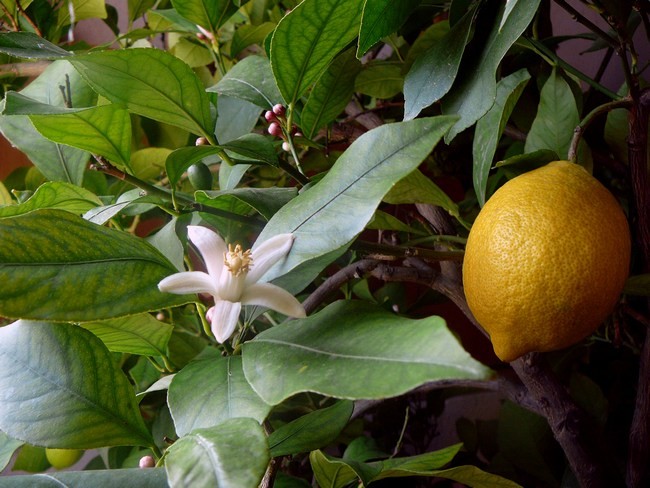
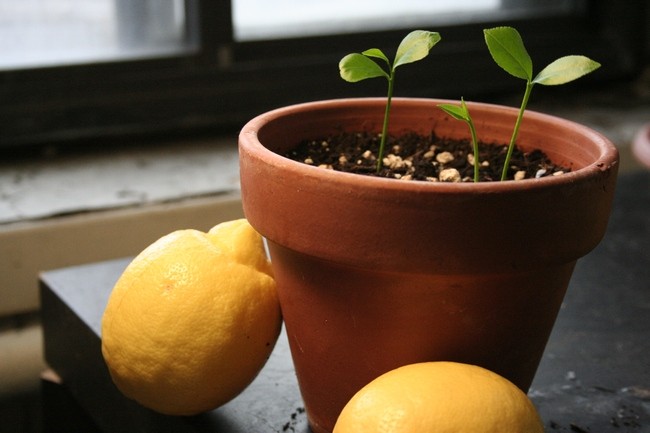
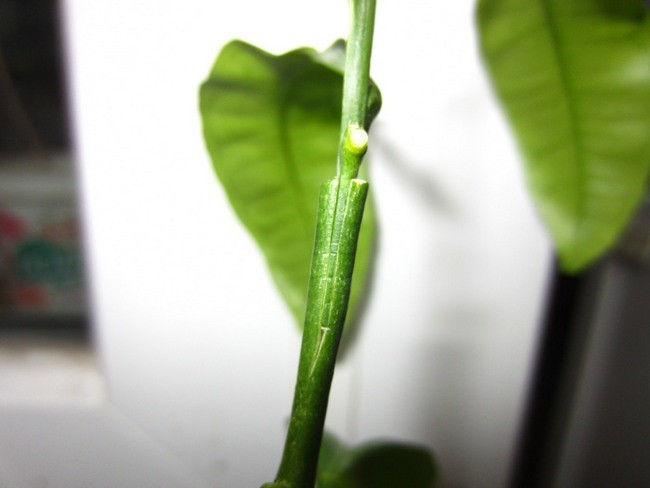


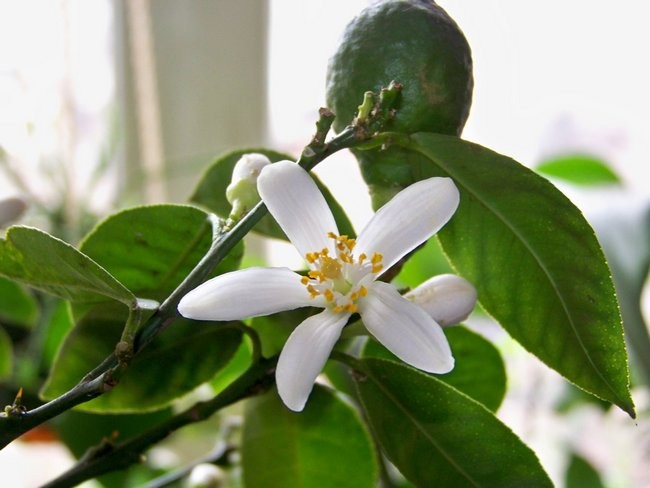
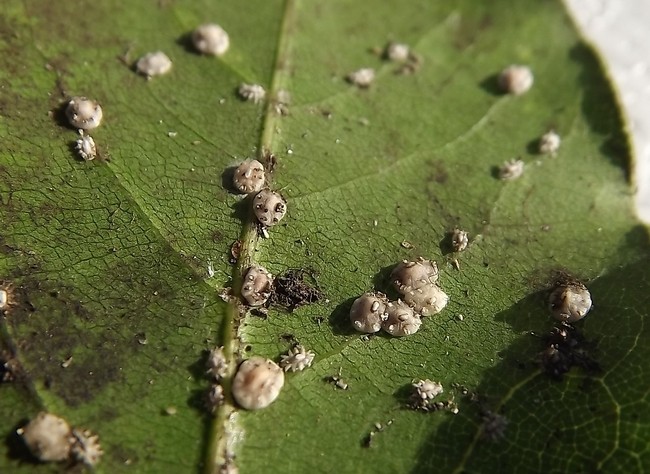







Comments
a couple of years ago, there was no side of metrogils from the same problem, there were no side effects ...
I’m not a fan of peeling at all, it saves from acne of metrogil, it also smoothes it ...
Great article! ...
I take the second course of the Capsules Climafite 911. The tides went very quickly. It became calmer, irritability went away and I sleep well ...
i also noticed - it is worth nervous, everything immediately affects the face. Therefore, I try to avoid conflicts and unpleasant people. Of the creams, I like Miaflow from wrinkles - smoothes not only small wrinkles ...